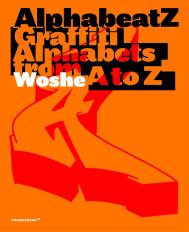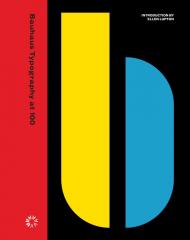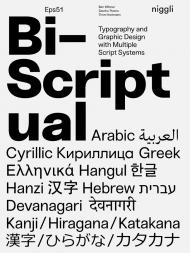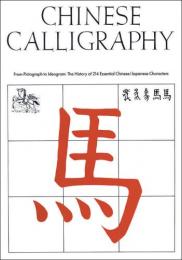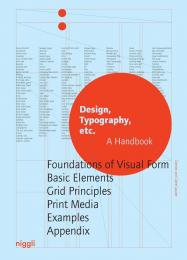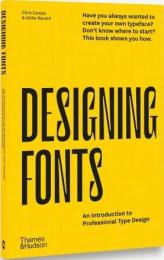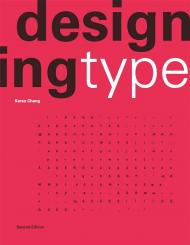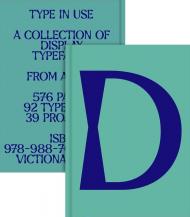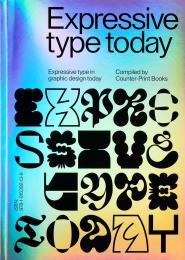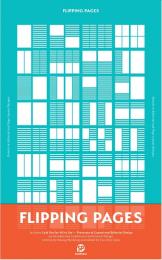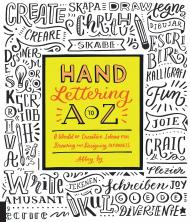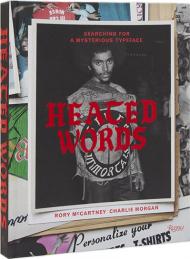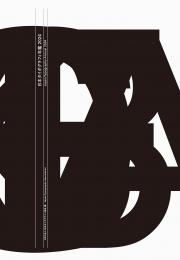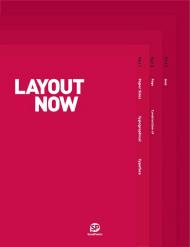Take time to breathe. Take time to create. Take time to reflect, take time to let go. A book that’s unique in the way it mixes reading and doing, A Book That Takes Its Time is like a mindfulness retreat between two covers.Created in partnership with Flow, the groundbreaking international magazine that celebrates creativity, beautiful illustration, a love of paper, and life’s little pleasures, A Book That Takes Its Time mixes articles, inspiring quotes, and what the editors call “goodies” — bound-in cards, mini-journals, stickers, posters, blank papers for collaging, and more — giving it a distinctly handcrafted, collectible feeling.
Read about the benefits of not multitasking, then turn to “The Joy of One Thing at a Time Notebook” tucked into the pages. After a short piece on the power of slowing down, fill in the designed notecards for a Beautiful Moments jar. Make a personal timeline. Learn the art of hand-lettering. Dig into your Beginner’s Mind. Embrace the art of quitting. Take the writing cure. And always smile. Move slowly and with intention through A Book That Takes Its Time, and discover that sweet place where life can be both thoughtful and playful.
About the Author:
Irene Smit and Astrid van der Hulst are the cofounders and creative directors of Flow magazine, a popular international publication packed with paper goodies and beautiful illustrations that celebrates creativity, imperfection, and life's little pleasures. They both live outside Amsterdam.
____________
Пролистать книгу A Book That Takes Its Time: An Unhurried Adventure in Creative Mindfulness

